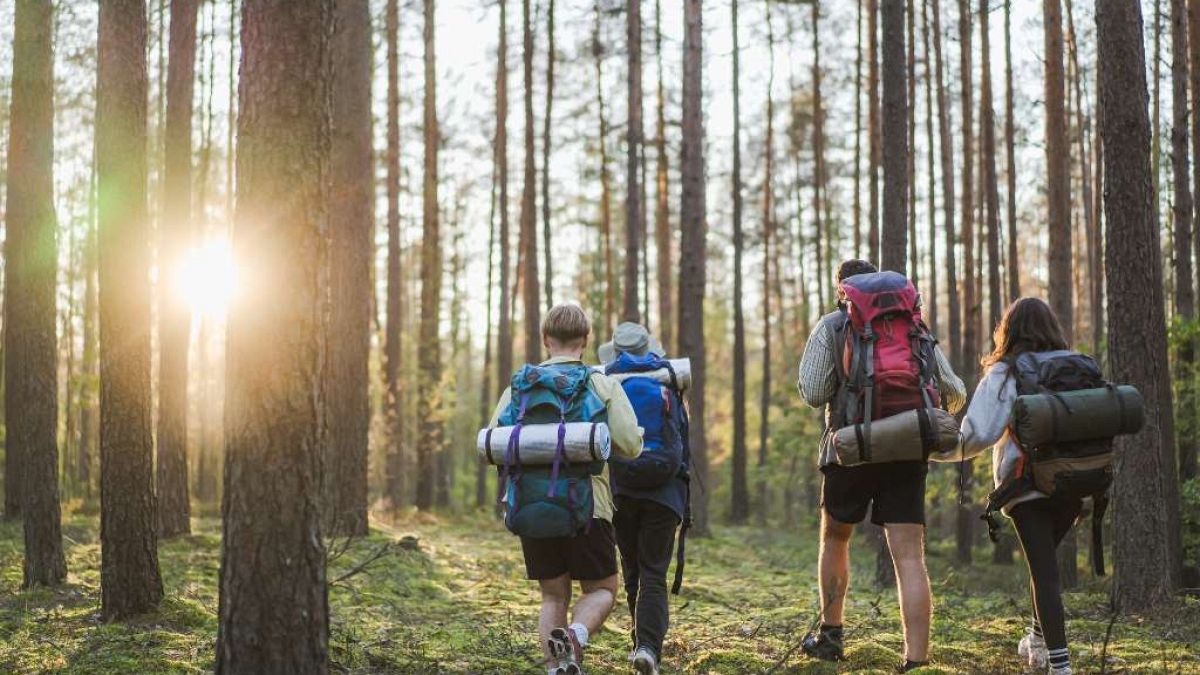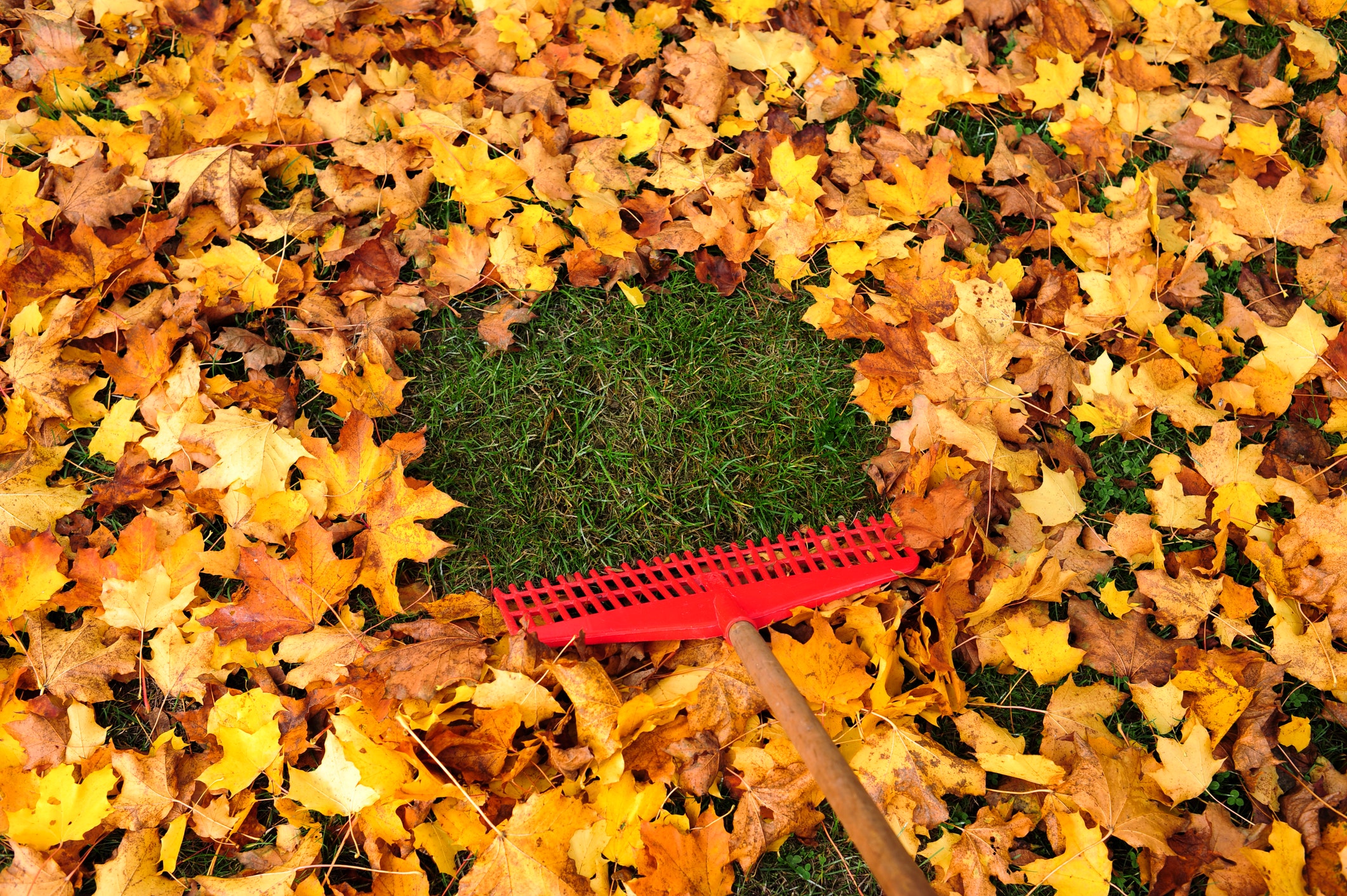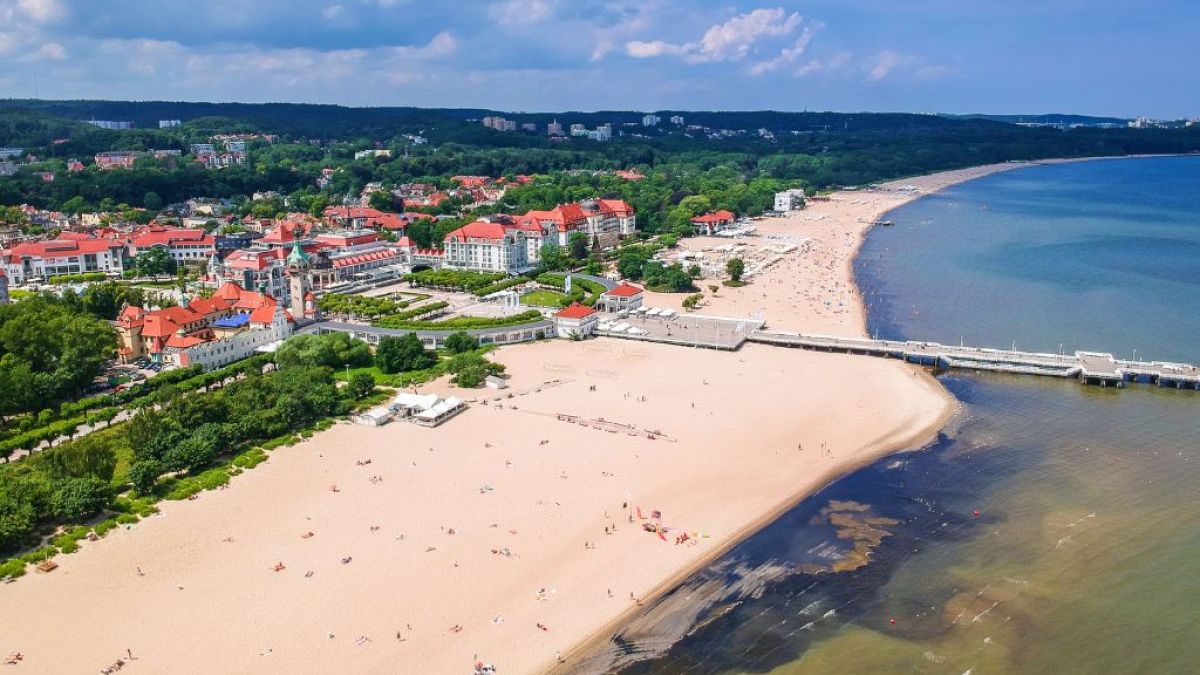Experience a new side of Europe: Explore the forests, lakes, and folklore of Lithuania’s underrated national parks.
Europe’s best-kept wilderness isn’t hidden in the Alps or found in forest-rich Scandinavia -it’s right in the heart of Lithuania.
With unspoiled green landscapes, ancient forests and a rich cultural heritage, Lithuania’s national parks are finally getting the spotlight they deserve, with the country crowned by Lonely Planet as one of the world’s top destinations in their ‘Best in Travel 2025’ list.
This accolade didn’t surprise Olga Gončarova, General Manager at Lithuania Travel, as Lithuania’s cultural offerings and national parks have been quietly wowing those in the know for years. “Lithuania is an undiscovered gem in Europe,” she explains. “There’s no overtourism here… just natural beauty and cultural authenticity.”
The recent Lonely Planet recognition, Gončarova believes, is a “gift” to Lithuania, “not only for tourism professionals but for all Lithuanians who help create a welcoming, authentic experience for visitors.”
Lithuania’s national parks: Which is the best for nature, hiking and swimming?
Lithuania’s five national parks showcase the country’s rich heritage, biodiversity and commitment to sustainable tourism, from historical lake-dotted regions near the capital, Vilnius, to expansive coastal dunes and ancient forests.
“Thirty per cent of Lithuania is forested,” notes Gončarova. “The infrastructure is becoming more developed every year… we now have more than 150 different paths where people can hike.”
Each park combines nature and history, with small villages sitting alongside lush landscapes filled with rare plants and wildlife.
From the accessible charm of Trakai Historical National Park to the sprawling dunes of the UNESCO-protected Curonian Spit, these parks offer a slow travel experience for travellers looking to escape Europe’s more crowded destinations.
Trakai Historical National Park: Castles and Kayaking
UNESCO-listed Trakai National Park, the smallest in Lithuania at 82 square kilometres, is a captivating mix of history, lakes and lush woodlands.
“Trakai is very close to Vilnius…around 25 kilometres away,” shares Gončarova, highlighting the park’s accessible location.
Dominating the park is Trakai’s Island Castle, a medieval fortress on Lake Galvė that attracts visitors year-round. Just a 700-metre stroll to the south lies the evocative remains of the Peninsula Castle, adding a layer of intrigue to the park’s historical allure. With lakes making up around 20 per cent of the park’s expanse, Lake Galvė becomes a lively hub for canoeing and kayaking in the warmer months.
Beyond the castle, the park’s clear lakes and wooded trails are perfect for kayaking, hiking and picnicking. With its accessible location and rich history, Trakai has long been a favourite spot for Lithuanians and visitors.
The park also holds special significance as one of Lithuania’s oldest protected areas, combining conservation with an emphasis on heritage preservation.
Traditional wooden houses, built in the Karaite architectural style, dot the village of Trakai. Here, visitors can learn about Lithuania’s unique cultural mosaic and try local delicacies, such as ‘kibinai’, a savoury pastry introduced by the Karaite community centuries ago.
Curonian Spit National Park: For Birdwatching
Head west to Curonian Spit National Park to discover the Baltic coast’s wild side, described by Gončarova as “very unique”. This UNESCO World Heritage site stretches along a narrow sandbar separating the Curonian Lagoon from the Baltic Sea.
It’s well known for its towering dunes, coastal pine forests and traditional fishing villages. The park is also a sanctuary for rare bird species, including Peregrine Falcons, Red-Legged Falcons, Brown Kites, and Pink Starlings, making it a prime destination for bird watchers and wildlife enthusiasts.
Visitors can wander Europe’s largest moving dunes, the so-called ‘Dead Dunes, where shifting sands have buried entire villages over the centuries. The Curonian Spit is also famous for its amber deposits, sometimes called “Baltic gold”, which locals have crafted into jewellery and other artefacts for generations.
Adventurous travellers can explore the coastline by bike, with trails that run the length of the spit, offering epic views of the sea and the lagoon.
Žemaitija National Park: Legend-filled lakes
In northwestern Lithuania, Žemaitija National Park is where nature, mythology and history converge. Anchored by the fabled Lake Plateliai, this park offers ethereal landscapes that locals claim are shrouded in legend.
By day, the lake is an irresistible draw for swimming, kayaking, or cycling along its scenic shores. Families flock to its sandy, shallow coast, especially near Hotel Linelis, where a playground, volleyball, and basketball courts make it a family favourite.
However, the lake’s tranquil beauty has a more foreboding feel by night. Local lore warns against evening swims when moaning sounds from the lake’s depths and tales of long-haired woodland spirits are said to emerge. Whether you believe it or not, it all adds to the folklore-rich atmosphere that makes Žemaitija such an intriguing destination.
Beyond its natural beauty, in the park’s Cold War Museum, you can learn more about a darker chapter of modern history. Housed in a former Soviet missile base, this unusual museum provides a chilling glimpse into an era when nuclear threats loomed large.
Within the underground silos that once held SS-4 medium-range missiles, each armed with 2-megaton warheads, exhibits recreate the tense atmosphere of the Cold War.
Visitors walk through multi-stage security areas and control rooms, exploring exhibits on missile technology and Cold War propaganda.
Aukštaitija National Park: Traditional crafts and customs
Aukštaitija National Park, Lithuania’s oldest national park, is a mix of lakes, forests, and traditional villages.
Located in the country’s northeast, this park has over 100 lakes interconnected by streams and rivers, making it a top spot for kayaking, swimming, and water sports.
One must-see site in Aukštaitija is Ladakalnis, a historic hill that offers a stunning panoramic view of six surrounding lakes. “We have more than 30 observation towers in the national parks,” notes Gončarova.
Historically, Ladakalnis was a site of worship for ancient Baltic tribes, and many visitors today continue the tradition of leaving pebbles as offerings to the goddess Lada, who, according to legend, was once honoured here.
Beyond its scenic views, Aukštaitija is deeply committed to preserving Lithuania’s traditional crafts and customs. “We have unique programs to connect with local traditions,” Gončarova explains. In the village of Meironys, situated on the shore of Lake Lūšiai, the Nature School offers engaging activities centred on the environment.
Another cultural gem in the park is the Beekeeping Museum, where visitors are introduced to Lithuanian beekeeping through education, art, and hands-on experiences.
Dzūkija National Park: Lithuania’s largest forest
Dzūkija National Park is the largest protected area in Lithuania (697 km2) and the country’s most extensive forest. This vast national park offers a diverse landscape of wetlands, inland dunes, swamps and pine forests. Known for its rich biodiversity, Dzūkija is also a magnet for bird watchers.
From April to September, Dzūkija’s forests are alive with bird song. Across the Merkys Valley, the call of corncrakes resounds while kingfishers flit over the Ūla River, and black storks and goosanders frequent the riverbanks.
A favourite tradition in Dzūkija is mushroom picking, especially during autumn. Visitors can join foraging tours led by locals who share their knowledge of the forest’s edible mushrooms and the cultural significance of foraging in Lithuania.












